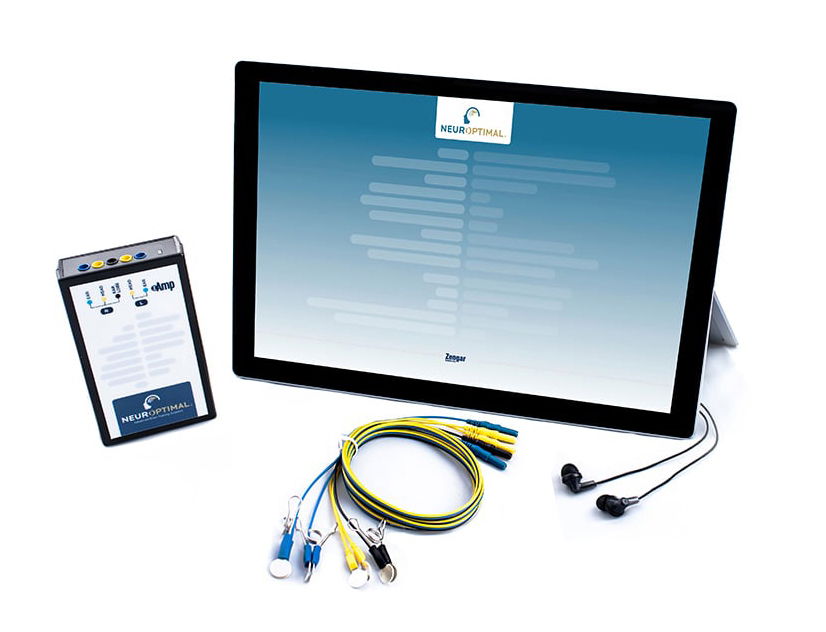Do I need a brain map when starting neurofeedback?

Have you ever wondered, "Why don't we start with a brain map in neurofeedback?" or "Is neurofeedback still effective if we skip the brain mapping part?" These are fantastic questions that I hear from time to time, and I'd love to address them.
Neurofeedback is like a personal training session for your brain—it's a method that can help tune up your brainwaves for better mental fitness. It all started in the 1960s with two research trailblazers, Dr. Joe Kamiya and Dr. Barry Sterman. Did you know that Dr. Sterman's work with neurofeedback began when he inadvertently trained cats' brains to resist seizures? (Later on neurofeedback proved to be useful for seizure reduction in humans too!)

From that foundational experiment with cats, the applications of neurofeedback have expanded tremendously. It can help you hone your focus, ease stress, and improve memory, just to name a few benefits.
Fast-forward from the retro 1960s to today, and we have a plethora of neurofeedback tools at our disposal—each with its own strengths. Attempting to choose the "best" one would be like trying to select a favorite star in the sky—there are just too many to choose from.
Some neurofeedback methods rely heavily on brain maps, such as EEGer, Cygnet, and Lens, and these maps can cost quite a bit before even starting the actual sessions ($300 to $3,000 depending on the equipment, provider, and many other factors). These traditional sessions usually take place in an office under the watchful eye of a clinician, which means additional costs for your time and travel to their clinic.

However, not all neurofeedback requires a brain map. I have a fondness for NeurOptimal® developed by Dr. Valdeane Brown, PHD in the early 90s. It's the system I trust and use in my practice.
With NeurOptimal®, we focus on your life experiences and symptoms. Imagine going through the process of getting a brain map and learning something you already know, like having anxiety and ADHD. It's a bit like confirming the sky is blue, isn't it? Except you have to pay for this confirmation out of your own pocket.
So when we embark on the NeurOptimal® journey together, we'll be listening attentively to your symptoms. We want to understand the frequency, the intensity, and the duration of what you're experiencing.
Picture this: your child struggles with maintaining focus, and it feels like you're on a never-ending carousel of reminding them about undone assignments and homework that's collecting dust. It's wearing you down, and you can feel the strain it's putting on your relationship. The thought of meeting with their teachers for the umpteenth time fills you with dread.
Once we start neurofeedback sessions, I will invite you to monitor carefully to see if your child is finding it easier to stay on track with homework, makes fewer mistakes over time, and gets more positive attention from the teachers at school. After all, I want to ensure that your progress is reflected in your day-to-day life, not just on paper. It's critical that you FEEL the improvement, because who knows your mind better than you do?
So, let's set aside the brain maps and focus on what really matters—you and your path to better mental health and functioning. Isn't that a breath of fresh air? Explore more of my articles on the topic of neurofeedback below.


